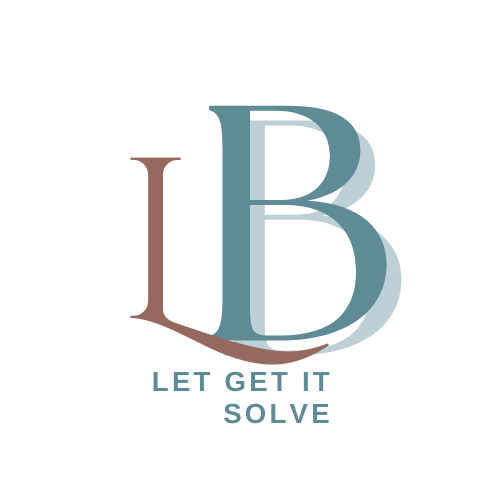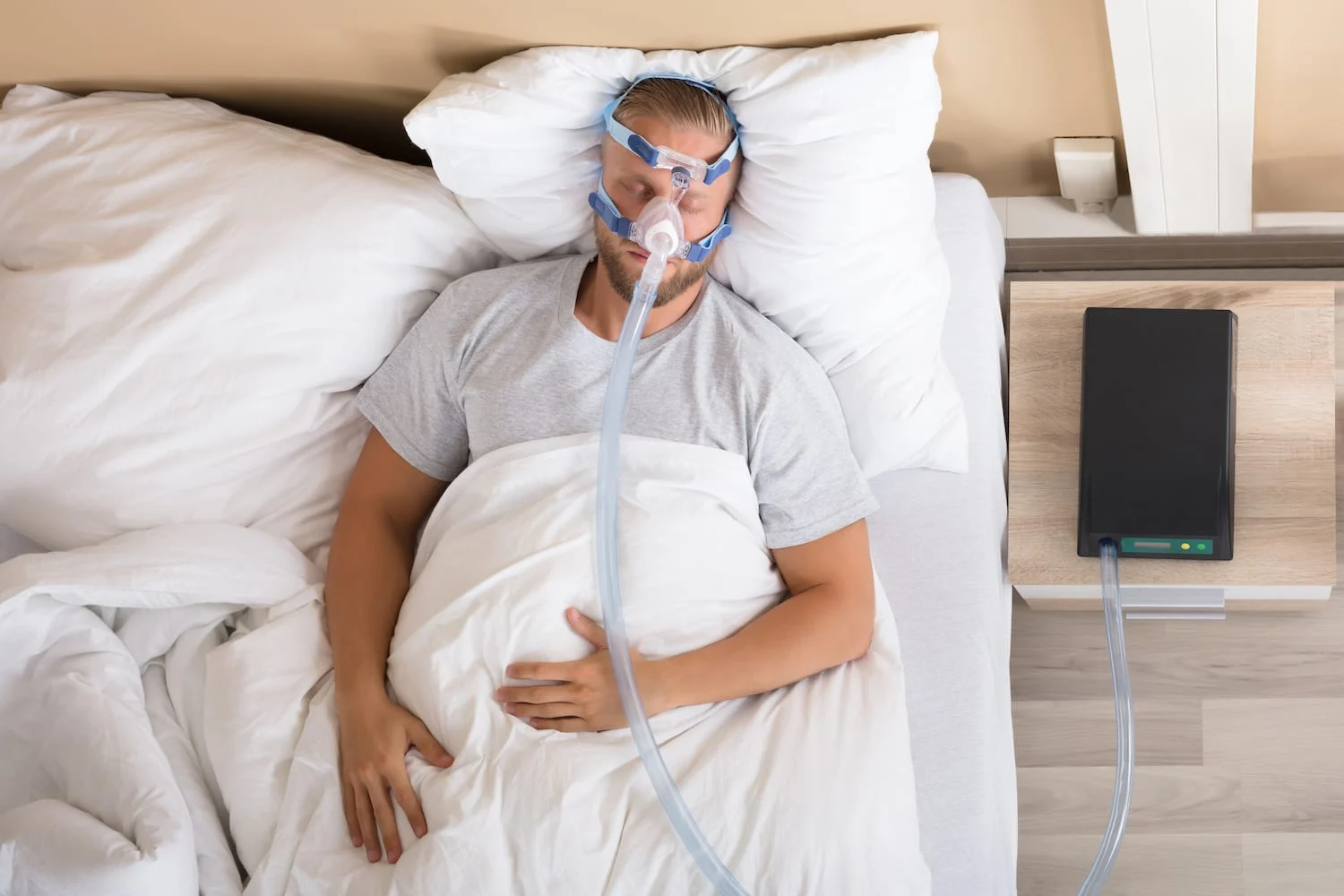Here in this post, we will treat important information concerning Apnea and also Treating Apnea Without CPAP.
And as for wondering if it is possible or which is the best way to train Apnea Without CPAP.
Suppose, you add having a problem with brewing, I.e., breathing irregularly, waking up gasping for breath or feeling overly sleepy during the day, that’s Sleep Apnea you’ve got there buddy.
And the most common type of Sleep Apnea is obstructive sleep apnea. And if diagnosed with such a disorder, healthcare specialists sometimes does prescribe a continuous positive airway pressure (CPAP) machine for treatment. This CPAP machine provides pressurised air as the person sleeps to ensure the airway stays open.
However, The CPAP machine isn’t the only available treatment for Sleep Apnea. And doctors can help determine what treatment might work best for you.
CPAP doesn’t work for everyone, which is why in this post, we will address every other method by which a Sleep Apnea patient can be treated, which is also as effective as CPAP.
Make sure to proceed into the post and find more information about Sleep Apnea and Treating Apnea Without CPAP.
What Is Apnea?
Millions of people around the world are affected by sleep apnea, and it is characterised by repeated pauses in breathing during sleep, which can last from a few seconds to several minutes.
There are different types of sleep apnea disorders and the most common of them is obstructive sleep apnea, which occurs when the muscles in the back of the throat fail to keep the airway open, despite the effort to breathe.
This leads to a reduction in oxygen levels, causing the person to awaken briefly to re-establish breathing. This can occur multiple times throughout the night and can result in disrupted sleep, making it hard for the person to feel well-rested in the morning.
Sleep apnea as said in the word “sleep” is not just linked to sleep alone but has been linked to several serious health problems, including high blood pressure, heart disease, stroke, and memory problems.
Asus, sleep apnea can lead to daytime sleepiness, which can impact work and daily activities. Treatment options for sleep apnea include lifestyle changes, such as losing weight and avoiding alcohol and sedatives, using a continuous positive airway pressure (CPAP) machine, and undergoing surgery.
It is important for individuals who suspect they may have sleep apnea to see a doctor for a proper diagnosis and to discuss the best course of treatment.
What is CPAP?
Continuous Positive Airway Pressure is a machine that uses mild air pressure to the breathing away open while a patient is asleep.
This machine is prescribed for patients with sleep apnea, and also may treat preterm infants who have underdeveloped lungs.
CPAP are very effective and also has its benefits. Equally significant are the long-term advantages of CPAP, which include:
- Helping to prevent or regulate high blood pressure.
- Reducing the risk of stroke
- Boosting memory and other mental function
Despite its benefits, there are some side effects to using a CPAP, which are as follows:
- Congestion
- Runny nose
- Dry mouth
- Nosebleeds.
- And Some masks can irritate.
It is important to note that healthcare providers usually help patients with ways to relieve these symptoms and adjust to using your CPAP machine.
Symptoms Of Sleep Apnea
There are various symptoms of sleep apnea, seeing there is obstructive and central apnea which are similar, with a difference in snoring.
Below are some of the most common symptoms:
- Noisy snoring
- Coughing or choking during sleep
- Halts in breathing
- Inhaling and exhaling through the mouth
- Sleep anxieties
- Bedwetting
- Bad sleeping Postures.
These symptoms are not only obvious at night, though as for children with restless night sleep because of this disorder, daytime symptoms can also be fatigue, falling asleep, and finding it hard to wake up in the morning.
But Infants and young children with sleep apnea have low chances of a snore, especially those with central apnea. Sometimes the only symptom of sleep apnea in this age group is troubled or disturbed sleep.
Causes And Risk Factors
There are different causes of such a disorder, so are there numerous risk factors for it? Which will all be settled in this section of the article.
First, Sleep apnea causes the muscles in the back of the ear to fail/collapse while the child is sleeping, and this makes it difficult for them to breathe.
The risk Factor in children is different from the risk factor for adults.
And obesity is a main factor, mainly because it contributes to obstructive sleep apnea in children, Nonetheless, the condition commonly causes by enlarged tonsils or adenoids in children.
Other risk factors for obstructive sleep apnea in children can include:
- A (Past) Relative With Sleep Apnea
- Having specific medical disorders, such as:
- Cerebral palsy
- Down syndrome
- Sickle cell disease, etc.
Effects Of Untreated Sleep Apnea
Having an untreated Sleep Apnea is a risky move, and this leads to long periods of disturbed sleep, causing chronic daytime fatigue (Especially for children)
This can occur in the child having difficulty paying attention in school. And also they have hyperactivity, causing them to be misdiagnosed with attention deficit hyperactivity disorder (ADHD).
Children with such untreated disorders face difficulty thriving socially, growth delays, mental delays, heart problems, high blood pressure, high chance of stroke and heart attack in adults
And If sleep apnea is properly treated, these complications will likely be eradicated or maintained well that it won’t affect the patient/child much as they would untreated.
Ways To Treating Apnea Without CPAP
There are no really any guidelines about treating sleep apnea. For instance, a doctor might choose not to treat a mild sleep apnea condition without symptoms, at least not immediately.
And some are lucky enough to outgrow the disorder, so the doctor does is monitor their condition to observe for any improvements. And the benefits of doing this have to be calculated with the risk of long-time complications from the untreated disorder.
Here in the section of this guide are some of the treatments for sleep apnea without CPAP.
– Lifestyle changes
This is applicable in the cause of obesity, doctors commonly recommend physical activity and diet to treat sleep apnea, in such circumstances.
Below are some of the lifestyle that is to be changed:
Prevent alcohol. A limited glass of wine or beer before bed can help relax your upper airway muscles and make it tougher to breathe.
Exercise often. A typical aerobic workout can enable you to lose the excess weight that makes it difficult to breathe. Exercise can also help decrease the harshness of sleep apnea.
Stop smoke: Smoking has harmful effects on health, cigarette smoking makes the OSA worse by increasing airway swelling.
– Nasal steroids
And Nah! This isn’t like the normal steroids men use, Nasal steroids are prescribed to relieve nasal congestion in some cases.
These drugs are usually prescribed for a preliminary period, which often lasts 1-3 months.
– Surgery
In cases when the disorder is caused by enlarged tonsils or adenoids, surgical removal is the best way to go about it, to open up the airway.
A study shows that adenoid removal is equally as productive as tonsil and adenoid removal for a child who fulfils the following criteria:
- Below the age of 7
- No childhood Obesity
- Had reasonable, as contradicted to serious, obstructive sleep apnea
- Had small tonsils
- Continuous positive airway pressure therapy
– Oral appliances
Patients wear this appliance, to keep their jaw in a forward position, keep the tongue in the right place, and also keep the airway open.
And this appliance is more effective, and productive, which is why children tend to tolerate it way better than others, so they’re more likely to utilize them at night.
It is important to note that Oral appliances can’t help every child, but they might be a choice for older children who no longer experience facial bone growth.
– Noninvasive Positive Pressure ventilation Device (NIPPV)
This device works better for children with central apnea. And these machines allow a backup breathing fate to be set, and it ensures that a child does several breaths every minute even with a signal from the brain to breathe.
Conclusion on Treating Apnea Without CPAP
Normally, CPAP is the common treatment for OSA, but not the only one. And as for those who tried using CPAP and it didn’t work, you can lashes choose from the number of treatments listed above in the guide.
Other treatments include; maintaining healthy habits, Losing weight, exercising regularly, and also stopping smoking.
And it is important to note that, in every situation don’t assume you should always reach out to a consultant, to be in the safe zone. As said earlier in the post, having untreated sleep apnea can be very dangerous.
So make sure to carefully read through the details in the post to get familiar with important information.
Be sure to shear this guide with friends and family.
Robomin is a freelance writer and blogger who covers topics related to Account Creation, gadgets, Refunds, and how to delete An Account. He has a passion for new and innovative technology and enjoys sharing his knowledge with others

